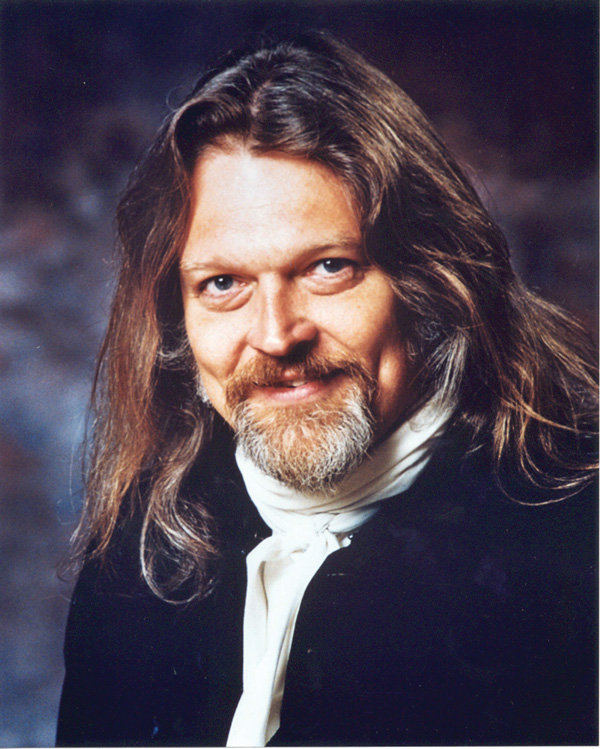Northern Minnesota Impacts the World
A Start on the Gifts of Bob Dylan
I read the columns about Bob Dylan by Ed Newman and Jim Lundstrom in last week’s edition of The Reader. I assume you did, also. I want to add some of my own comments.
I am somewhere between 40 and 476 years old - - I am never quite sure where I fall within that set of parameters. I am partial to poetry and music that travels over the past several hundred years, and I got hooked on the world of Bob Dylan in the fall of 1969 for the first time. Joan Baez released an album called Any Day Now, which featured sixteen (16) of Dylan’s early songs in a spectacular sequence, including a wide variety of performers.
I have this double set of vinyl records, a 7-inch vinyl tape recording, and the CD which was remastered in 2004. I have never stopped listening to this collection.
“My love she speaks like silence, without ideals of violence, she doesn’t have to say she’s faithful, yet she’s true, like ice, like fire.”
Dylan is 24 years old when this is recorded. What were you writing at age twenty-four? I am getting younger with each passing year, so My Back Pages has been with me for decades:
“Liberty is just equality in school, ‘Equality,’ I spoke the word as if a wedding vow, AH, but I was so much older then, I’m younger than that now.”
Sara Danius, speaking as Permanent Secretary of the Swedish Academy, stated: The Nobel Prize in Literature for 2016 is awarded to Bob Dylan for having created new poetic expressions within the great American song tradition.
When asked, Why Bob Dylan?, she replied “ He is a great poet. He is a great poet in the English-speaking tradition, and he is a wonderful sampler - a very original sampler. He embodies tradition, and for 54 years now, he has been active and reinventing himself constantly, creating a new identity.”
I would agree one hundred per cent. Now that the Nobel Prize Committee has spoken, I look forward to a great variety of recordings of the poetry and music of Bob Dylan by many, many musical groups in the coming year.
We know that a chunk of Bob Dylan’s persona carries part of northeastern Minnesota in his genes. His social concerns, his amazing sense of poetry, and his musical inventiveness will be part of the literary tradition of many generations to come. Mazel tov, Bob Dylan.

Music at the end of the (19th) century
Meanwhile, Duluth tenor William (Bill) Bastian, offered a sublime recital this past Saturday night. British music, Irish music, and French music filled out the evening. All of Bill’s friends were involved - the Highland String Quartet, Steve, Laurie, Ron, Betsy, along with Shelly, Laurie Van Brunt, Vincent, and LeAnn. All of this music came from the late nineteenth century, when optimism was quite high. The concept of World Wars had not been invented yet, and love and affection were the center of life.
Mostly I want to celebrate the nine songs written by Gabriel Fauré to poems by Paul Verlaine. In France, around 1900, Fauré could actually compose a song cycle on behalf of his mistress, Emma Bardac, who would later marry Claude Debussy. Love is a complex emotion, to be sure. The string quartet, plus piano, was scrumptious in this cycle. The songs wish for no other paradise than the presence of love itself. As the cycle ends, we hear the tenor sing that imagination and reason have brought exceptional beauty into the world.
I could wish for as much throughout the modern world. May it happen that love and beauty will overcome all the violence in the world around us.
